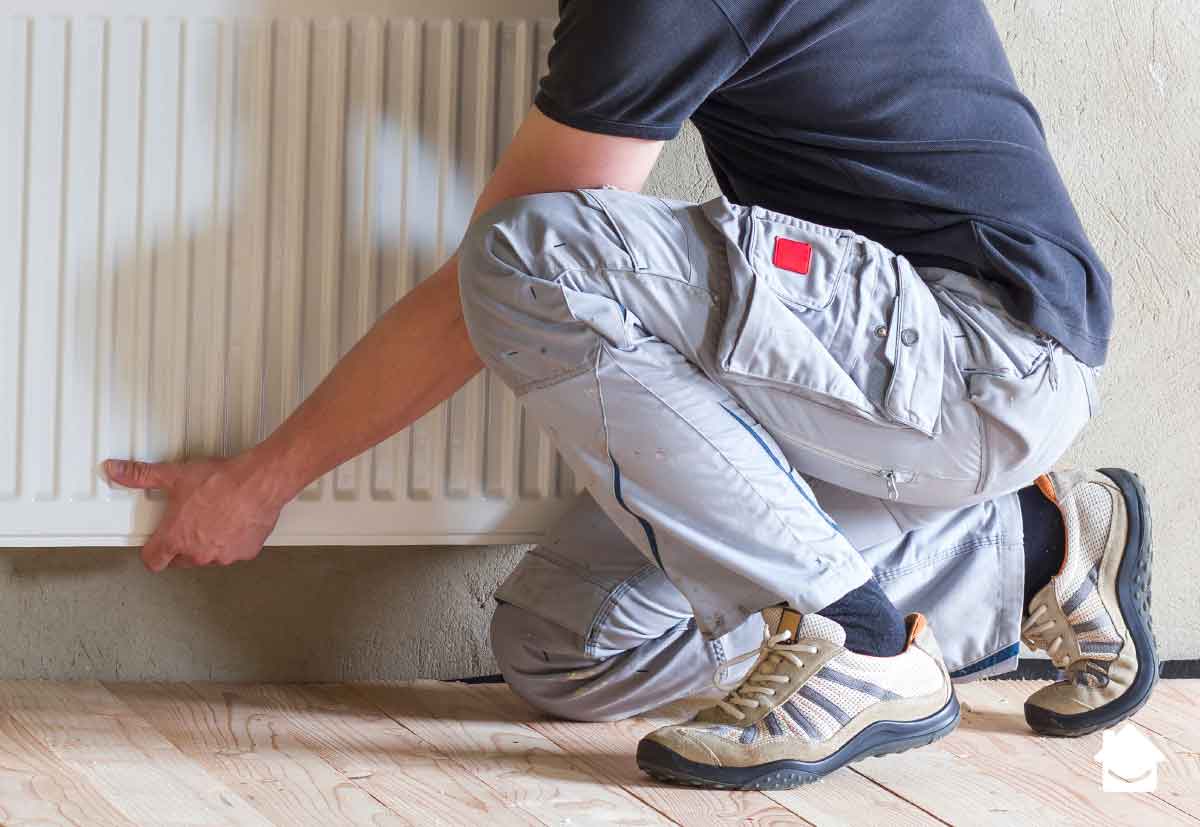Haul your new radiator out of the crate and contrast it with the bygone one. I got a cheapie made in China, which cost me about $140. GM Direct has OEM recorded for about $300. On the off chance that you can manage the cost of OEM, consider getting OEM. The reseller’s exchange one is OK, yet it had a minor issue I’ll examine later. Got the right radiator? Great.
My new radiator accompanied elastic covers over the channel, outlet, and cap opening. It likewise had a module for the coolant level sensor fitting and metal plugs in the transmission line fittings. These might prove to be useful to plug the relating openings in your old radiator and decrease your wreck.
Raise the right half of the vehicle sufficiently high to permit you to work serenely under the front of the vehicle. Introduce a jack stand.
Try not to raise the left side – the channel for the radiator is on the left half of the radiator and having the left half of the vehicle lower than the right will keep coolant from running everywhere.
Note that you’re not going to deplete the coolant yet. Get a 10mm attachment, ratchet, your light, and a geek screwdriver and creep under the front of the vehicle. Eliminate the sprinkle board under the right front of the vehicle.
It ought to have three 10mm bolts holding it set up. It likely isn’t totally important to eliminate this board, yet I thought that it was simpler to perceive what’s new with this board eliminated.
I’ve embraced the way of thinking that if something can be effortlessly taken out and it permits better admittance to what exactly I’m truly after, it falls off. Regularly it’s simpler to do this than attempt to work around the thing.
While you’re relaxing under the front of the vehicle, eliminate the lower mounting bolt for the right fan. It’s a 12mm bolt, and you end up having a 10mm attachment stacked on your fastener. Utilizing the geek screwdriver, cautiously pry the lock tab up and separate the electrical connector to the fan. Pry up on the tab on the wire loom connector and the wire will be free. You’re done under here for some time, so go outdoors.
Eliminate the best two 12mm bolts holding the right fan set up and pull the fan straight up and out. Trust me, eliminating this fan makes things significantly simpler.
Bring your 8mm attachment and move to one side of the vehicle. Eliminate the 8mm screw holding the air cleaner admission channel set up. You could presumably pull off moving to the subsequent stage, yet I thought that it was helpful to eliminate the whole air box. On my vehicle, this permitted better admittance to one of the bolts getting the left fan.
To do this, you need to eliminate the admission hose from the airbox to the choke body relax the clips with a typical screwdriver. This will uncover an electrical association with the airbox which you should separate.
Eliminate the 15 mm fastener at the lower part of the airbox and the thumbscrew situated between the fog light and the washer bottle. The airbox should come directly out. Eliminate the best two 10mm bolts getting the left fan.
You don’t have to eliminate this fan, simply the best two bolts. Eliminate the four 10mm bolts holding the radiator holding board set up. Eliminate the board. Eliminate the radiator cap and separate the flood tank hose.
Also Read: How to Remove a Thermostatic Radiator Valve
Things will get untidy at this point. Get a channel dish, find the radiator channel plug the lower-left corner of the radiator, toward the back of the vehicle, and channel the radiator. You might require a few forceps to loosen up the channel plug.
While the radiator is ruining your carport floor, get your 5/8 wrench and disengage the lower transmission cooler line. Get some tissue paper or paper towel and wad a piece up and stick it in the opening in the radiator to lessen ATF spillage. Or on the other hand, even better, utilize the fittings pilfered from your new radiator.
Try not to stress over obstructing your radiator, this is simply transitory and you’re going to clear this out when you can get the radiator over a channel skillet. Remove a side of a sandwich baggie and attach it over the finish of the transmission line with one of those paper rubbers groups you’ve been saving.
This will assist with keeping ATF off you, the vehicle, and the floor.








